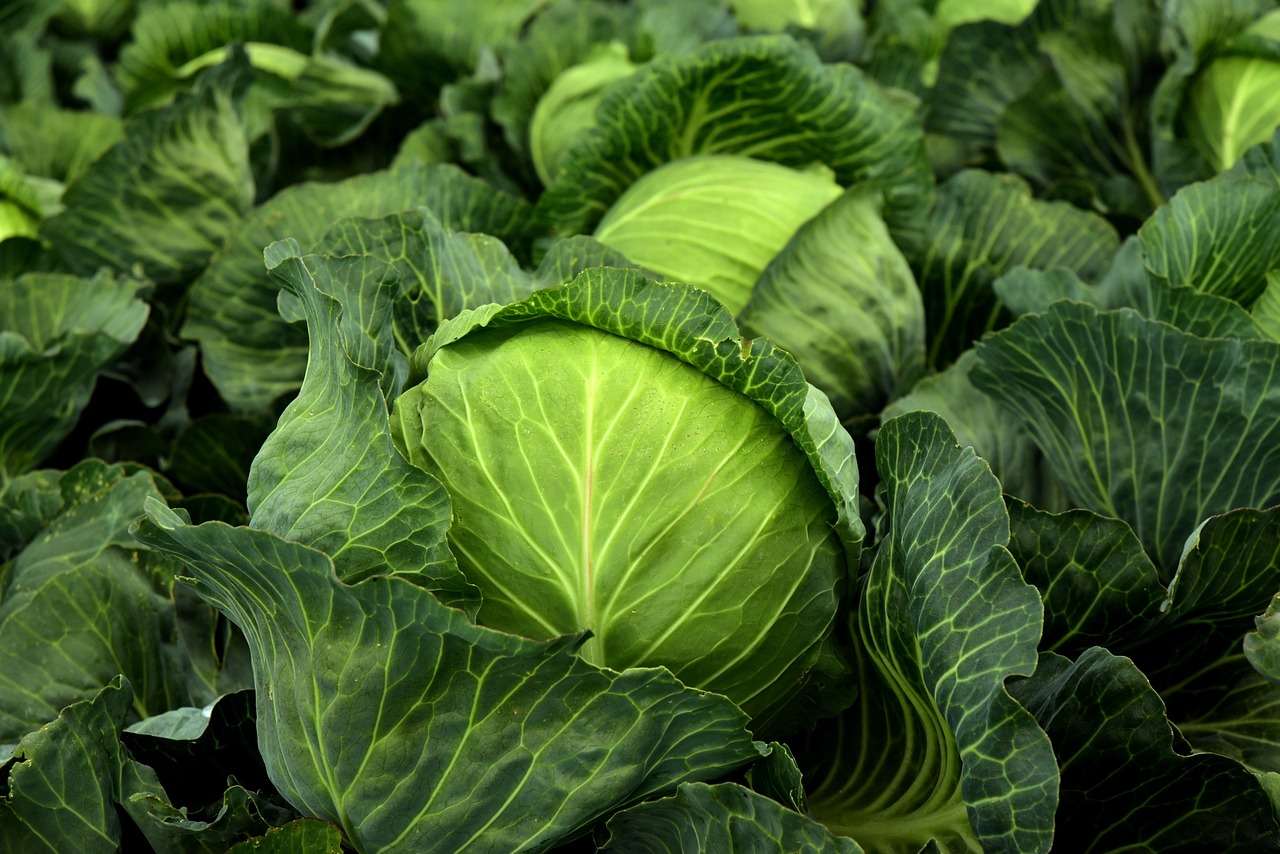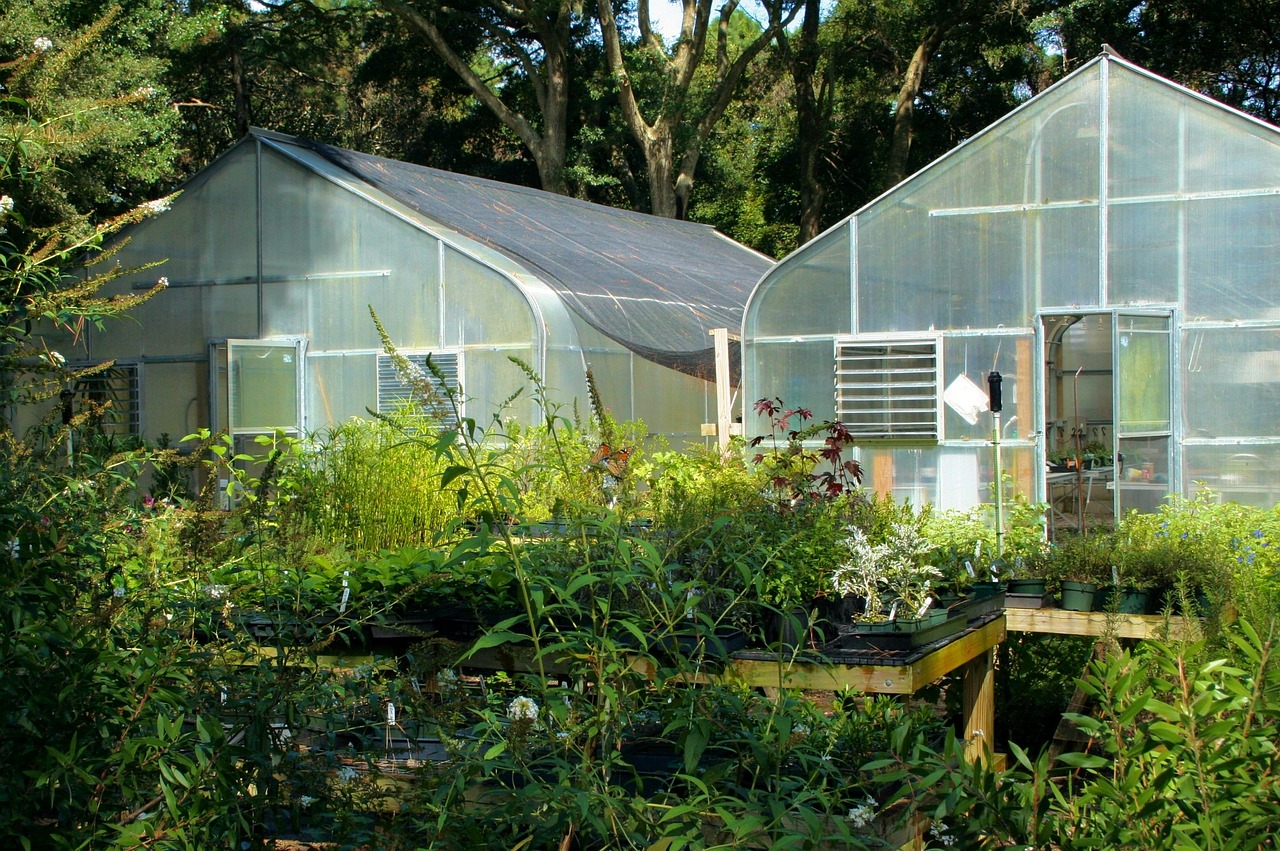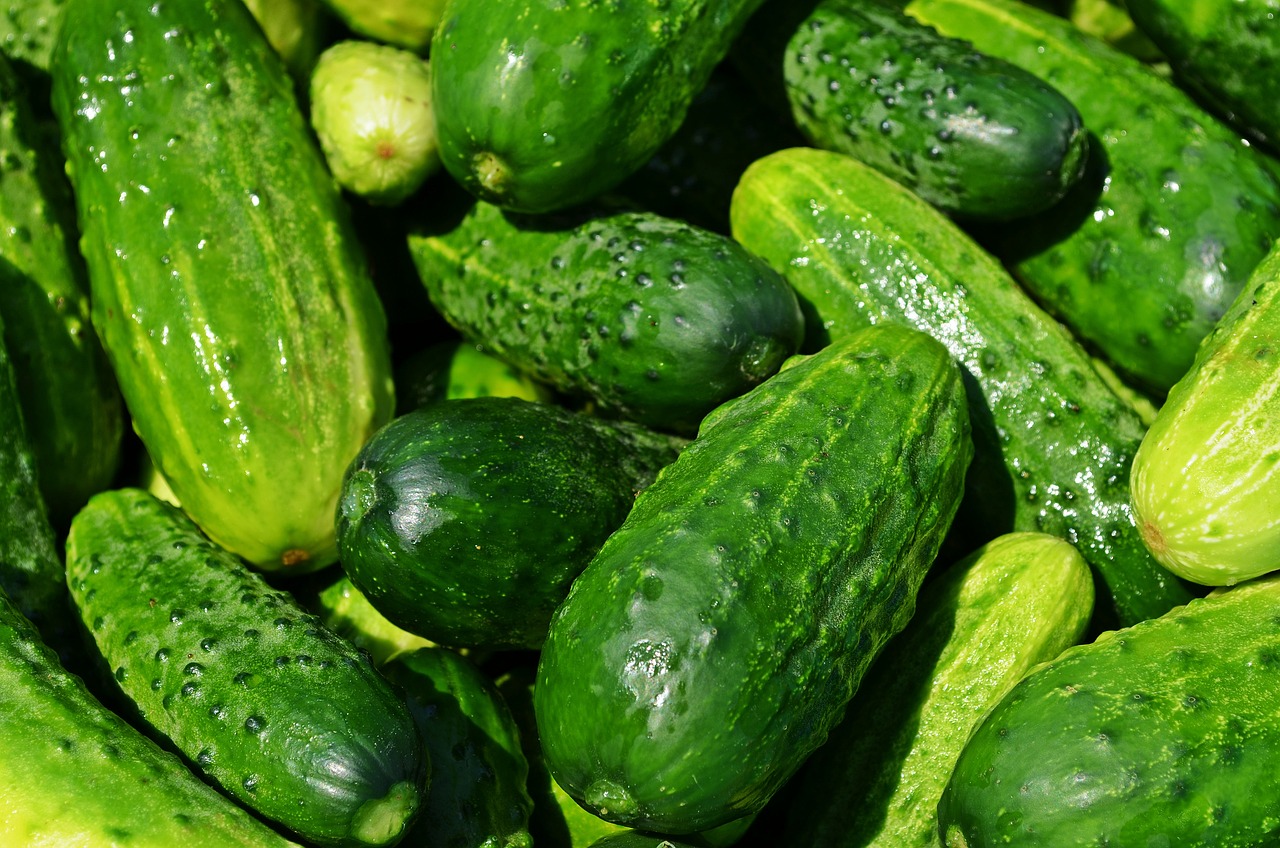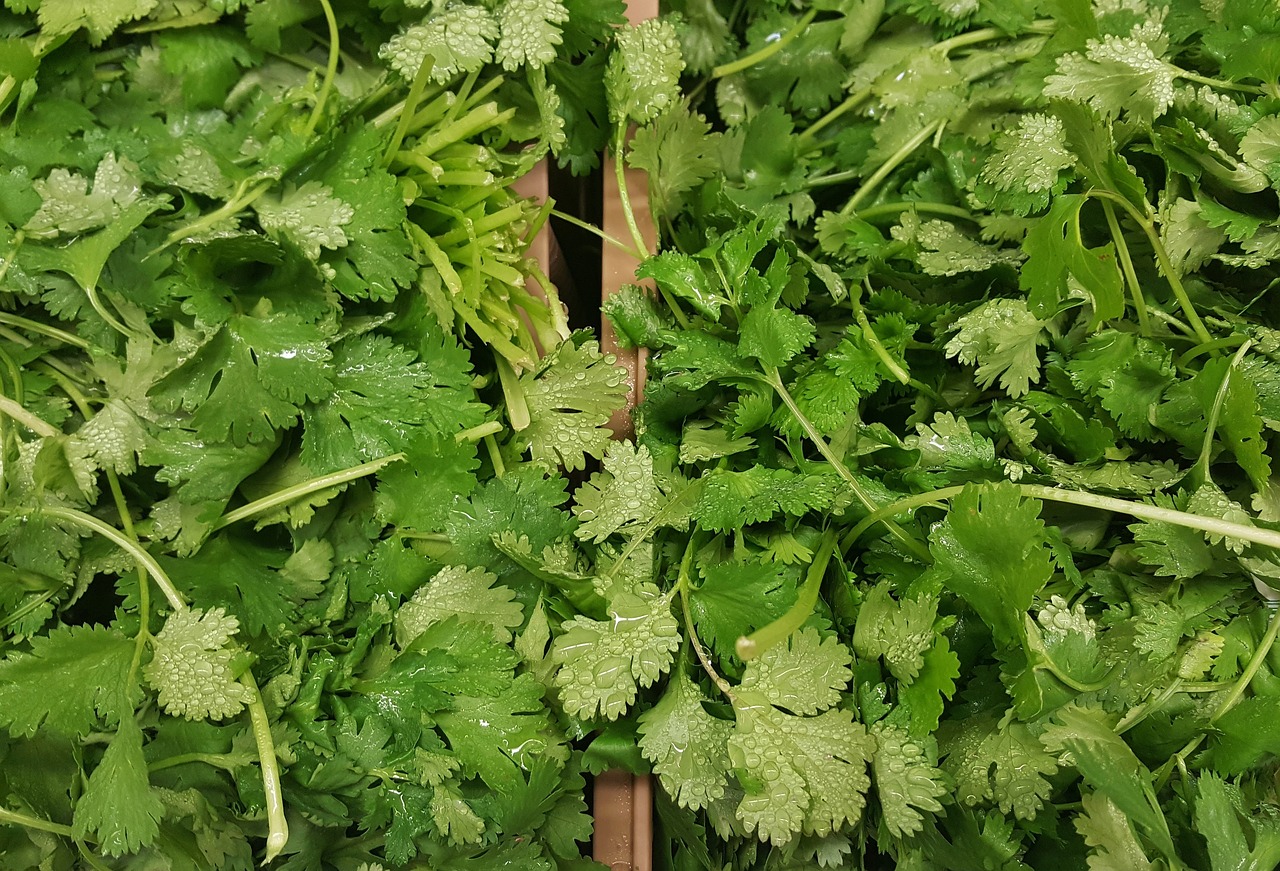Are you interested in growing your own organic leafy greens at home? Not only is it a rewarding and fulfilling hobby, but it also has numerous benefits for your health and wellbeing. By growing your own greens, you can ensure that they are free from harmful pesticides and chemicals, and you can enjoy fresh, nutrient-dense produce all season long.
But where do you start? With so many different varieties of greens and growing techniques to choose from, it can be overwhelming for beginners.
That’s why this article will provide you with strategies for growing organic leafy greens at home that are easy to follow and will help you achieve a successful and bountiful harvest.
So, let’s get started on your journey to becoming a homegrown greens expert!
Benefits of Growing Your Own Greens at Home
Growing your own greens at home has countless benefits, from saving money to providing fresh and nutritious produce right at your fingertips.
One of the biggest advantages of growing your own leafy greens is the health benefits. Most store-bought greens are sprayed with pesticides and other chemicals that can be harmful to your health. When you grow your own greens, you have complete control over what goes into them. You can choose to use organic soil and natural fertilizers, ensuring that your greens are free from harmful chemicals and as healthy as possible.
Another benefit of growing your own greens at home is cost savings. Leafy greens can be expensive to buy at the grocery store, and they don’t always stay fresh for very long. By growing your own greens, you can save money on groceries and reduce food waste.
Additionally, you can grow as much or as little as you need, so you don’t have to worry about buying more than you can use. With a little bit of effort and some basic equipment, you can enjoy fresh, healthy greens all year round without breaking the bank.
Choosing the Best Varieties of Greens to Grow
When it comes to picking out the perfect greens for your garden, you’ll want to consider which varieties will thrive in your specific environment and provide the best flavor for your taste buds.
Start by researching the nutritional value and flavor profile of different greens, such as kale, spinach, arugula, and lettuce. Each variety has its own unique taste and texture, so it’s important to choose the ones that will suit your preferences.
For example, kale is known for its high nutritional value and is packed with vitamins and minerals. Spinach, on the other hand, has a more delicate texture and is rich in iron and antioxidants.
Arugula has a peppery flavor that adds a unique kick to salads and sandwiches. And lettuce comes in a variety of types, from crisp and crunchy to soft and buttery.
By selecting the greens that appeal to your taste buds and fit your nutritional needs, you can create a thriving garden that produces delicious, healthy greens for you and your family to enjoy.
Selecting the Right Soil and Containers
To ensure your greens flourish, it’s essential to choose the proper soil and containers.
When it comes to selecting the right container, you have a few options. Firstly, you can choose a traditional pot or planter that has drainage holes at the bottom to prevent waterlogging. Alternatively, you can opt for a raised bed, which provides more space for your greens to grow and is ideal if you want to grow a larger quantity of leafy greens. Lastly, you can choose a hydroponic system that uses nutrient-rich water instead of soil, which can be a great option if you have limited space.
When it comes to selecting the right soil, it’s important to choose a soil mix that’s specifically formulated for growing leafy greens. This type of soil should contain a good balance of organic matter, such as compost or peat moss, and minerals such as perlite or vermiculite to ensure proper drainage. You can also add soil additives such as bone meal or fish emulsion to provide additional nutrients to your greens.
It’s important to note that using soil from your garden may not be the best option as it may contain pests or diseases that can harm your greens.
By choosing the right soil and container options, you’ll be setting your leafy greens up for success and ensuring a bountiful harvest.
Caring for Your Plants Throughout the Growing Season
As your plants thrive, it’s crucial to maintain their health and monitor their growth throughout the season.
Watering your plants adequately is essential to ensure they grow healthy and strong. Leafy greens require consistent moisture, but over-watering can lead to root rot and other plant diseases. The best watering technique is to water deeply and less frequently. This way, the plants can absorb the water and nutrients they need without drowning.
Proper pest control is also crucial in maintaining the health of your leafy greens. Pests such as aphids, snails, and slugs can quickly damage your plants and stunt their growth.
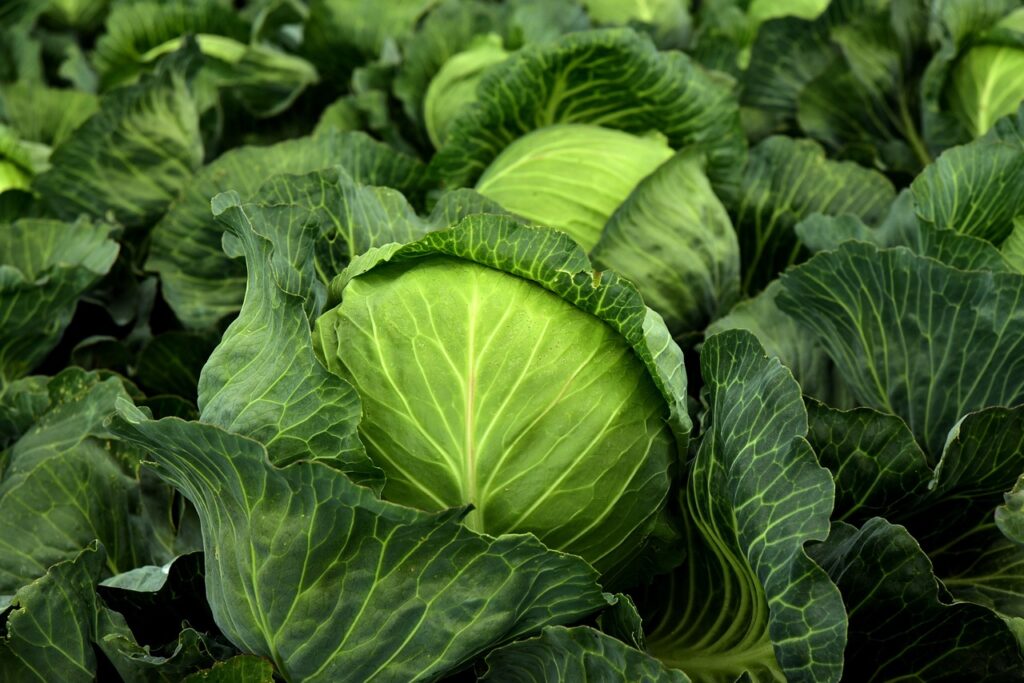
One effective method of pest control is to use natural predators such as ladybugs or praying mantises. Another method is to use organic pesticides, such as neem oil or insecticidal soap. Additionally, removing any weeds or dead leaves around your plants can prevent pests from hiding and breeding.
With proper watering and pest control techniques, your leafy greens will thrive and provide you with fresh and healthy produce all season long.
Achieving a Successful and Bountiful Harvest
Harvest season is the most exciting time for gardeners, as they get to reap the rewards of their hard work. After taking care of your plants throughout the growing season, it’s time to harvest your organic leafy greens.
Here are some tips to ensure a successful and bountiful harvest. First, make sure to check for any pests that may have infested your plants. This is especially important for organic gardening, as you won’t be using any chemical pesticides. One effective way to control pests is by using companion planting, which involves planting certain plants together that will help repel pests. Additionally, you can use physical barriers like row covers or sticky traps. Lastly, handpicking any pests you see can also be effective.
Another way to maximize your harvest is by utilizing vertical space. Consider using trellises or hanging baskets to grow your leafy greens. This not only saves space but also makes harvesting easier.
With these tips, you can ensure a successful and bountiful harvest of your organic leafy greens.
Frequently Asked Questions
How do I prevent pests and diseases from attacking my leafy greens?
Prevent pests and diseases by using natural remedies like neem oil, garlic, and vinegar. Encourage beneficial insects like ladybugs and lacewings to eat harmful pests like aphids. Regularly inspect plants for signs of infestation.
Can I grow leafy greens indoors, and if so, what are the best conditions for doing so?
You can definitely grow leafy greens indoors, but there are some indoor gardening challenges to consider. Hydroponics can be a great option, providing optimal conditions and higher yields than traditional soil-based methods.
How often should I water my leafy greens, and how much water do they need?
To keep your leafy greens happy and healthy, water them when the top inch of soil feels dry. Aim to maintain consistent moisture levels without overwatering, which can lead to root rot.
Are there any companion plants that can be grown alongside leafy greens to improve their growth and flavor?
“Companion planting benefits your leafy greens by improving flavor and growth. Planting herbs like basil and cilantro alongside them can also assist in soil nutrient management. Consider incorporating these plants into your garden.”
How long can I expect my leafy greens to continue producing before I need to replant them?
Leafy greens can produce for several weeks to months, depending on harvesting techniques and environmental conditions. To extend their lifespan, practice crop rotation and maintain soil health through proper fertilization and watering.
Conclusion
Congratulations! You now have all the information you need to start growing your own organic leafy greens at home. By taking the time to choose the best varieties of greens, selecting the right soil and containers, and caring for your plants throughout the growing season, you can achieve a successful and bountiful harvest.
Not only will you enjoy the fresh taste of your own homegrown greens, but you’ll also reap the benefits of improved health and savings on your grocery bill.
So what are you waiting for? Get started on your own garden today and enjoy the many rewards of growing your own organic leafy greens at home!






